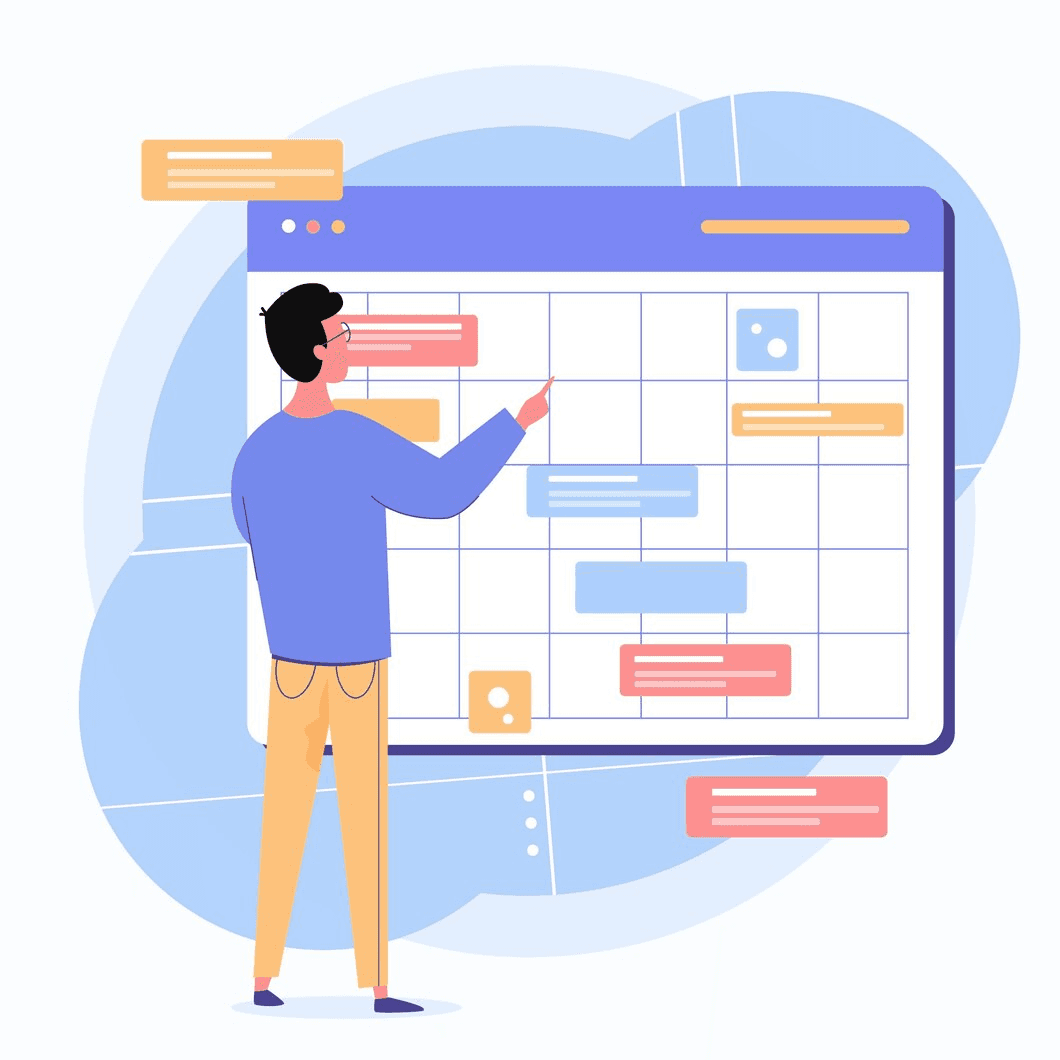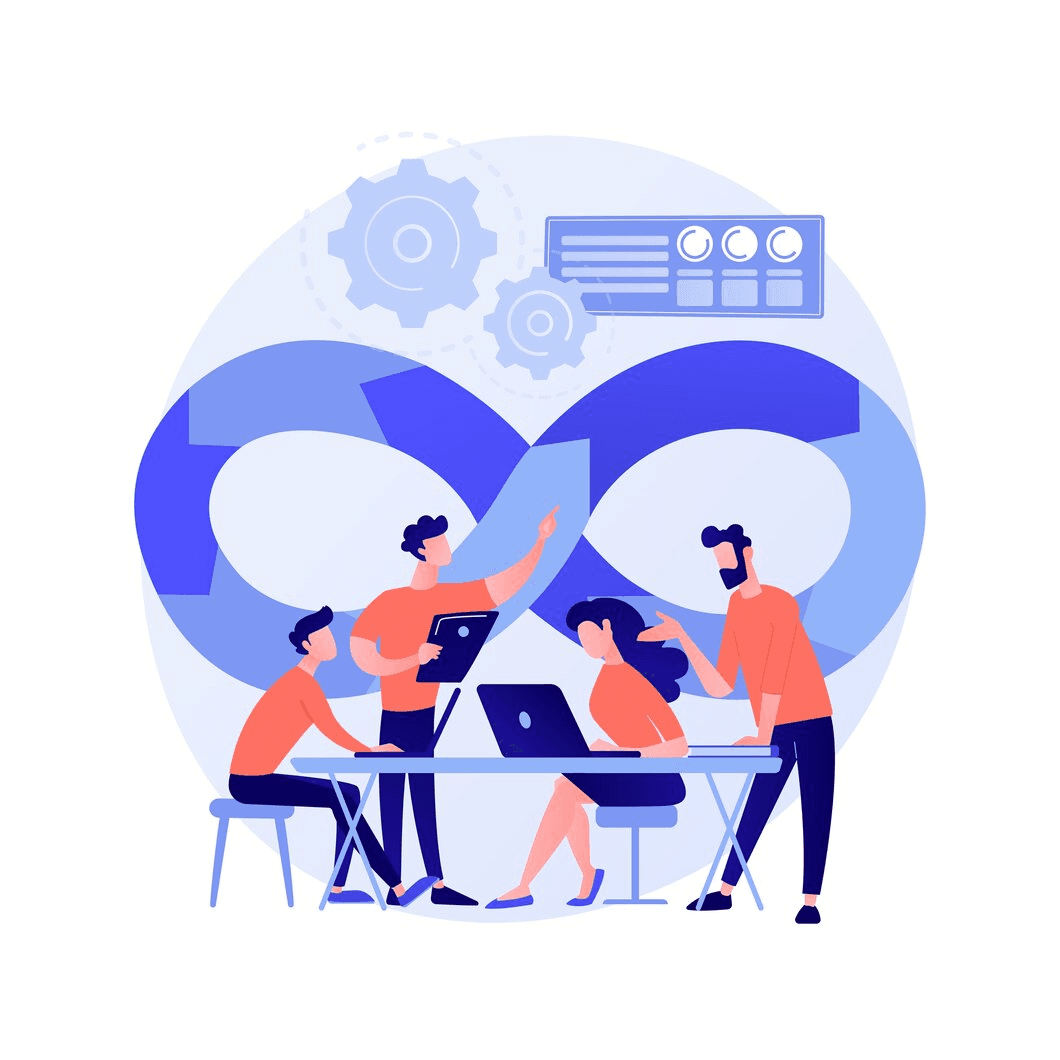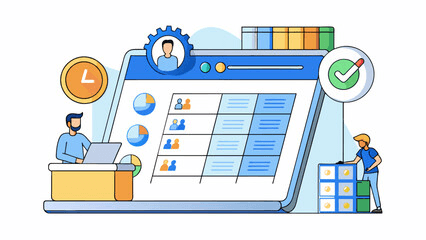Freelancers frequently face the pressure of managing multiple clients with competing demands, which can scatter focus and hinder productivity. This disarray often results in missed deadlines and increased stress, jeopardizing both creativity and client relationships.
To address this predicament, freelancers should implement structured prioritization strategies. These strategies not only help organize tasks based on urgency and significance but also create a clearer path for managing workloads effectively, ensuring that quality and client satisfaction remain intact.
Understanding Task Prioritization: Juggling Multiple Deadlines
Freelancers often encounter varying degrees of urgency among different clients, each pushing for their project to be the top priority. Without a clear approach to task prioritization, freelancers may succumb to pressure, leading to inefficient multitasking and reduced work quality.
The key is understanding the urgency vs. importance matrix. By categorizing tasks into four quadrants—urgent and important, not urgent but important, urgent but not important, and neither urgent nor important—freelancers can structure their workflow.
For instance, immediate client revisions fall under “urgent and important,” while long-term planning or skill development is “not urgent but important.” When multiple clients request revisions, freelancers must filter them through this lens, ensuring the most critical tasks are completed first.
Also read: Strategies for Prioritizing Tasks in Multi-Phase Projects
Strategies for Balancing High-Priority Projects with Ongoing Tasks
High-priority projects such as launching a UI/UX design for a new app often consume a freelancer’s bandwidth. But what about ongoing projects that require periodic attention? The challenge lies in balancing the two without sacrificing quality or missing deadlines.
Time blocking is a highly effective prioritization strategy. By assigning specific hours or days to focus solely on high-priority tasks, freelancers can ensure deep focus without interruptions. Meanwhile, allocating smaller windows for ongoing tasks keeps everything moving forward without causing bottlenecks. Project management ensures these blocks of time are tracked efficiently, preventing tasks from slipping through the cracks.
One effective technique is the “two-task rule.” For every high-priority task, pair it with one smaller, manageable task. This creates a balance and prevents burnout from over-focusing on a single project.
Preventing Burnout: Strategies for Managing Multiple Clients
Juggling multiple clients, especially in fields like logo design, SEO, or content writing, can easily lead to burnout. Effective project management isn’t just about completing tasks; it’s about ensuring sustainable work habits.
Preventing burnout starts with clear boundaries. Communicate upfront with clients about response times, availability, and project timelines. When expectations are managed properly, freelancers avoid the pressure of constant communication or unplanned revisions. Additionally, setting personal boundaries, like “no work after 6 p.m.,” ensures time for relaxation and creativity, reducing the risk of burnout.
Batching similar tasks is another effective prioritization strategy. For example, dedicate a specific day or time slot to handle revisions, client calls, or administrative tasks. By grouping similar activities, freelancers save time and mental energy, making transitions smoother and less taxing.
Also read: Effective Task Delegation Strategies
Client Communication Without Overcommitting: Setting Expectations
Clients often appreciate constant updates, but overcommunication can lead to unintended commitments. Every time a freelancer agrees to “just a quick call” or “another revision,” they are adding unplanned tasks to their workload, potentially derailing other projects.
The solution lies in establishing a structured communication process from the start. Use a simple but clear communication policy: offer bi-weekly updates or project checkpoints that are included within the project scope. This builds trust while preventing overcommitment to unscheduled updates or revisions. Regular check-ins allow freelancers to control the flow of communication without being constantly reactive to client requests.
For example, in content writing, clients might expect immediate feedback after each draft. Setting a review process that includes feedback windows helps maintain control over when and how feedback is integrated, keeping timelines intact.
Handling Client Feedback: Prioritizing Revisions Without Disruption
Client feedback can often come in waves, each revision appearing more urgent than the last. Freelancers must find a way to incorporate necessary feedback without compromising other deadlines.
Freelancers should prioritize feedback based on its relevance to the project timeline and scope. For instance, feedback that involves design direction or branding changes must be implemented early, while aesthetic tweaks or secondary requests can be delayed until core elements are approved. Creating buffers for revisions in the initial project timeline is another effective strategy, allowing freelancers to make adjustments without impacting the overall delivery schedule.
A revision policy, specifying how many rounds of changes are included in the project scope, can also help prevent endless revisions. This encourages clients to provide comprehensive feedback early on, reducing the chances of extended back-and-forth.
Setting Boundaries for Productivity: Knowing When to Say No
Freelancers are often afraid of saying “no” to clients, fearing it could harm relationships or future opportunities. However, setting boundaries is critical to long-term success and preventing overcommitment.
When clients push for extra work outside the agreed-upon scope, freelancers should feel empowered to renegotiate deadlines or adjust project fees. Setting clear boundaries around working hours, turnaround times, and the number of revisions included within a project scope ensures that freelancers retain control over their schedules. It’s also essential to learn how to say “no” diplomatically, positioning it as a way to ensure quality rather than a refusal to help.
For instance, a freelance ads specialist handling multiple campaigns may receive urgent requests for performance reports outside of their schedule. A simple boundary-setting approach, such as “I’d be happy to provide that update during our scheduled check-in,” keeps clients satisfied while preventing freelancers from derailing other priorities.
Managing Scope Creep: Avoiding Overcommitment Through Clear Planning
Scope creep is one of the most common causes of overcommitment. As a project evolves, clients may request additional features, edits, or changes that were not part of the original agreement. Left unchecked, this can lead to missed deadlines and increased stress.
The best way to handle scope creep is through clear project planning from the outset. A detailed project agreement that outlines the deliverables, deadlines, and revision processes will prevent unnecessary expansions of scope. Freelancers should feel comfortable renegotiating fees and timelines if additional requests arise. The ability to adapt without compromising other projects is key to avoiding overcommitment.
Utilizing Project Management Tools for Prioritization
In a world where freelancers are balancing multiple projects, project management tools are invaluable for staying on top of deadlines, client feedback, and deliverables. These tools enable freelancers to visualize their workflow, track progress, and keep all tasks organized.
By integrating project management tools into daily work routines, freelancers can better prioritize tasks based on deadlines, client needs, and personal workload. These platforms allow for a bird’s-eye view of all ongoing projects, making it easier to anticipate conflicts, avoid overcommitment, and reallocate time where needed. Tools that offer real-time collaboration and feedback tracking can also prevent bottlenecks by streamlining communication.
Also read: Practical Project Management Skills to Enhance Work Efficiency
Conclusion: Prioritization Strategies for Long-Term Success
Effective prioritization strategies are essential for creating a sustainable workflow, enabling freelancers to produce high-quality work while avoiding burnout. By mastering deadline management, efficiently handling client feedback, and establishing clear boundaries, freelancers can prevent overcommitment and maintain a balance between creativity and productivity.
Embracing the art of saying no, prioritizing tasks, and managing scope creep is vital for long-term success. With the right project management approach, freelancers can juggle multiple clients without sacrificing quality or personal well-being.
Explore Pinrom today, available for just $1/user, making it an incredibly affordable option for freelancers looking to optimize their workflow!









